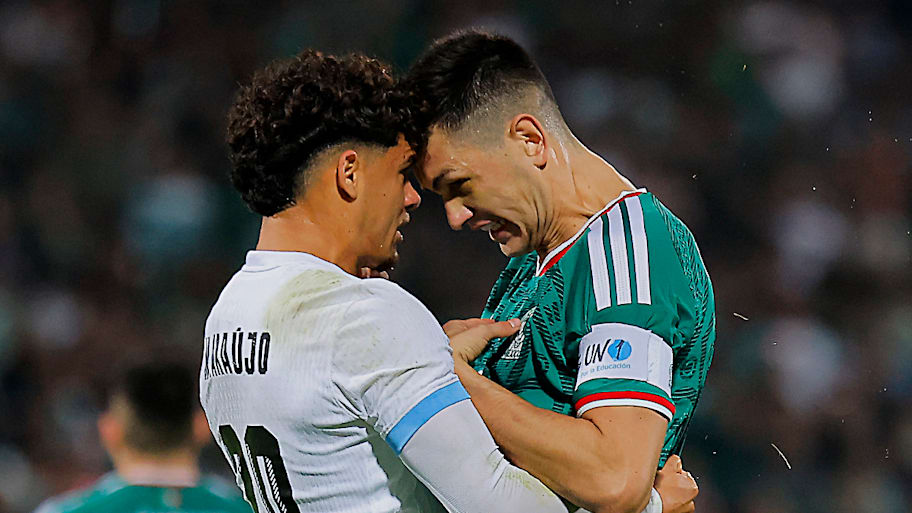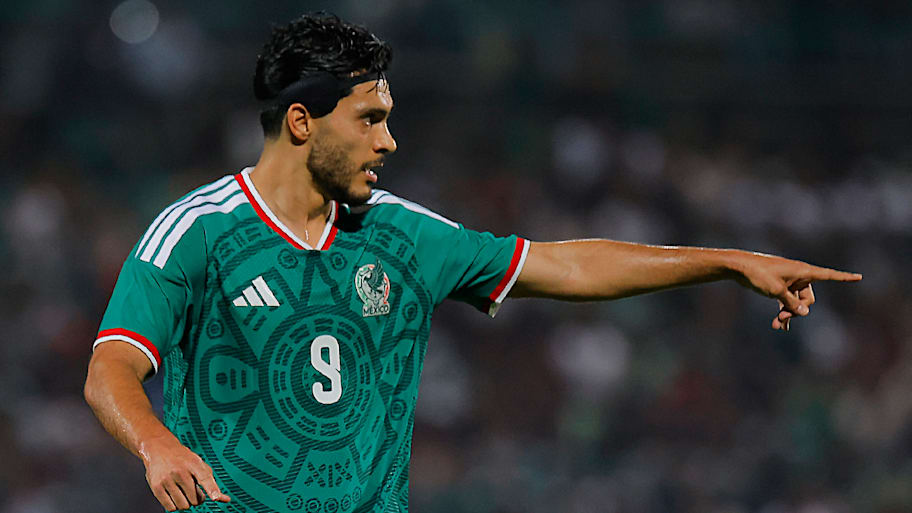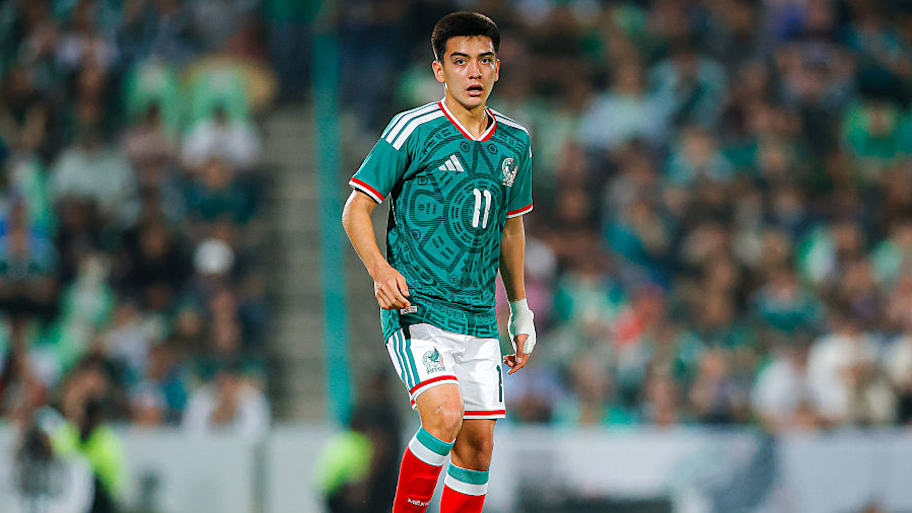
The Mexico national team battled admirably all night but still could only manage a 0–0 draw against Uruguay, extending its winless streak to five games.
It was an intense, gritty, physical affair at the Estadio Corona, where action in either penalty area was almost nonexistent. Even though Mexico were slightly better throughout the 90 minutes, scoring opportunities for Javier Aguirre’s side were hard to come by.
Considering the caliber of opponent, it’s not the worst of results for Mexico. Yet, El Tri hasn’t won a single game since the 2025 Gold Cup final and have looked out of sorts in attack since the summer. Nevertheless, the strong personality and defensive acumen of Aguirre’s side continues to shine.
It’s a valuable test for El Tri in its 2026 World Cup preparations, but anything less than a win against Paraguay next Tuesday in its last game of 2025 will be a massive disappointment.
Here’s Sports Illustrated’s three takeaways from Mexico’s scoreless draw vs. Uruguay.
The Heart of Defense is Mexico’s Strongest Pillar

The center back partnership of Johan Vásquez and César Montes has become Mexico’s strongest asset; one that raises the competitive floor of the team and that—if they’re at their best—could be the key to Mexico’s success come the World Cup.
Against Uruguay, the pair was nothing short of sensational. Aguirre was bold and set up his side high-up the pitch, looking to create danger by pressing high and forcing turnovers. As a result, Mexico’s backline was constantly playing near the halfway line with nothing but acres of space behind them there to exploit. It was a risky tactic, but Vásquez and Montes handled it beautifully and Uruguay could only muster two shots on target all night.
For much of the game it almost seemed as if Aguirre was copying Hansi Flick’s trademark high defensive line he’s installed since joining Barcelona. But unlike the Catalans who’ve struggled all year defensively, Vásquez and Montes thrived. The pair tracked runners, intercepted passes and won duels all night. Playing on an island against Uruguay’s attackers almost all game, both defenders didn’t put a foot wrong and delivered a flawless performance.
Barring the humbling 4–0 defeat against Colombia last month, El Tri’s starting center backs have been very good ever since the start of the Aguirre era. The pair has also shown to be capable of defending in various ways, whether it’s an aggressive set-up or a low-block like against Canada in the Concacaf Nations League, they’ve shown they can handle business.
With the pair in top form, Mexico will be able to stay in games because of the few goals it usually concedes. Giving El Tri a chance to compete against anyone next summer.
Toothless Attack is a Massive, Massive Concern

Mexico’s attacking woes continued against Uruguay. Once again, El Tri looked unable to generate any danger whenever it reached the final third.
Raúl Jiménez has carried the attacking burden for much of the Aguirre era and he’s been fantastic in recent times wearing Mexico’s shirt. However, when he’s not on the pitch or is contained like he was against Uruguay, the national team looks unimaginative and flat-out incapable of scoring.
El Tri has become reliant on moments of individual brilliance to score goals. Aguirre, a historically defensive-minded manager, has failed to develop anything close to resembling an attacking system. Mexico has instead developed a Jiménez-dependency. The Fulham striker has scored 10 of El Tri’s 20 goals in 2025. This is simply not sustainable, other players must step up.
Alexis Vega, Roberto Alvarado, Orbelín Pineda, Diego Lainez, Hirving Lozano and Julián Quiñones have all had strong seasons with their clubs. However, they’ve all been miles of their best level whenever they’ve featured for Mexico this year.
Finding solutions to solve Mexico’s alarming issues in front of goal has to be Aguirre’s main focus from now until the start of the World Cup. If he doesn’t address this problem, then Mexico can’t expect to make a deep run in the tournament.
Gilberto Mora Must be Starting Come the World Cup

If Aguirre wants to work on fixing Mexico’s attacking issues, then Gilberto Mora provided him with an answer to start working towards that goal. Simply put, El Tri’s wonderkid must be on the pitch every single minute of Mexico’s most important games.
The 17-year-old phenom was the most dangerous player of the game for either side and he started the contest on the bench. Mora played essentially one half after coming on for the injured Lozano with seconds left before halftime. In the second 45 minutes, he looked menacing whenever he had the ball.
Mora stands out above the rest. When he has the ball, it almost seems like Mexico are playing a different sport. As crazy as it might seem given his age, he’s Mexico’s biggest difference-maker in attack. Sure, he created just two chances against Uruguay, but that’s the most any player on either team managed all night.
There’s a reason why many of the biggest teams in the world are interested in acquiring Mora when he comes of age. The Tijuana midfielder has qualities no other player at Aguirre’s disposal possess. He’s an effortless playmaker that can change a game in an instant. Mora has that je ne sais quoi, that hint of magic that makes him a natural difference-maker in the final third.
Amidst the dry mediocrity that was Mexico’s attack against Uruguay, the talented youngster was an oasis. It’s time for El Tri and Aguirre to stop treating Mora with kid gloves. The reality is that despite his age and only having five senior caps, Mexico is at its best with Mora on the pitch and it can’t afford to have him sitting on the bench come the World Cup.
READ THE LATEST SOCCER NEWS, TRANSFER RUMORS AND MATCH REACTION
This article was originally published on www.si.com as Mexico 0–0 Uruguay: Takeaways From Performance of Violent Contrasts for El Tri.







